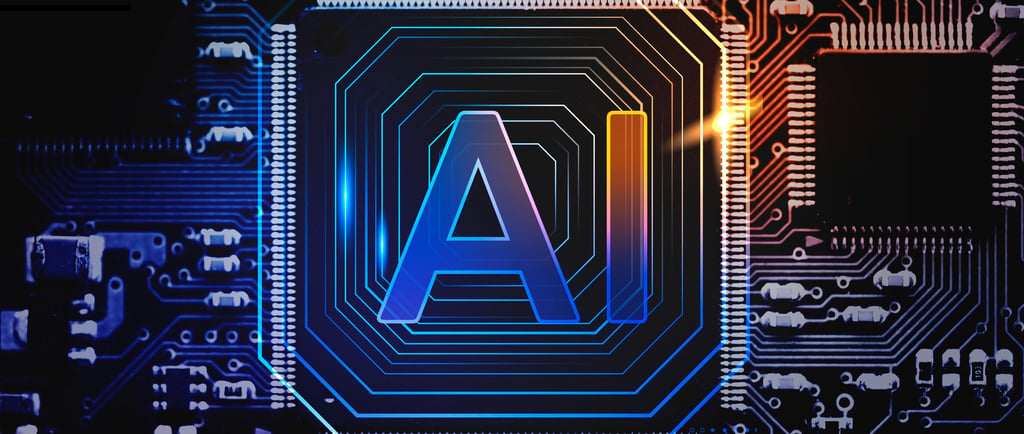Exploring Generative AI: Current State, Advantages, Disadvantages, and Future Potential
3/9/20252 min read


Understanding Generative AI
Generative AI refers to algorithms and models capable of creating content ranging from text, images, music, to complex simulations. This technology leverages deep learning frameworks to generate new data by analyzing patterns in existing datasets. Recently, its evolution has seen a surge in popularity, driven by advancements in neural networks and massive increases in computational power. In this exploration, we will consider its current state, advantages, disadvantages, notable applications, and the potential it holds for future advancements.
Current State of Generative AI
The current landscape of generative AI showcases a diverse range of applications across multiple industries. From image synthesis to natural language processing, companies are beginning to recognize the ability of these intelligent systems to produce high-quality outputs that resemble human creativity. Technologies like OpenAI's ChatGPT and DALL-E have set a precedent, illustrating how generative AI can engage users in meaningful ways. These models are trained on vast datasets, enabling them to generate coherent and contextually relevant responses, thereby pushing the envelope of what is possible in artificial intelligence.
Advantages and Disadvantages of Generative AI
The advantages of generative AI are manifold. Firstly, it enhances productivity by enabling rapid content generation, thus freeing up valuable human resources for more complex tasks. Additionally, it facilitates innovation by serving as a tool for brainstorming and creative exploration, allowing teams and individuals to develop ideas and concepts they might not have otherwise considered. Furthermore, generative AI can provide personalized user experiences in fields such as marketing, design, and entertainment.
Nevertheless, the technology does have its drawbacks. One significant concern is the ethical implications surrounding originality and authorship. As generative AI often uses existing datasets for training, issues can arise regarding copyright infringement and the authenticity of the generated content. Moreover, there is the risk of reliance on AI systems, which may lead to a reduction in critical thinking and creativity in human practitioners as they defer increasingly to automated solutions. Ensuring the responsible use of generative AI is vital as we harness its capabilities.
Applications and Future Growth Potential
Generative AI is currently being utilized in various applications, including content creation, voice synthesis, and even drug discovery. In the realm of art, tools like DeepArt and Runway ML allow artists to experiment with AI-generated pieces. In the gaming industry, AI is being employed to create dynamic environments and character dialogue. As we move forward, the future growth potential of generative AI looks promising due to advancements in machine learning algorithms, improved data availability, and increased computational resources. These factors will contribute to more nuanced and sophisticated AI models capable of making informed decisions and enhancing creativity across sectors.
In conclusion, generative AI presents a transformative opportunity for industries to explore and innovate. While its current state reflects significant advancements, understanding both the advantages and disadvantages will be essential as we continue to integrate this technology into our daily lives. As we progress, ensuring ethical practices and responsible development will be crucial to harnessing the full potential of generative AI.
